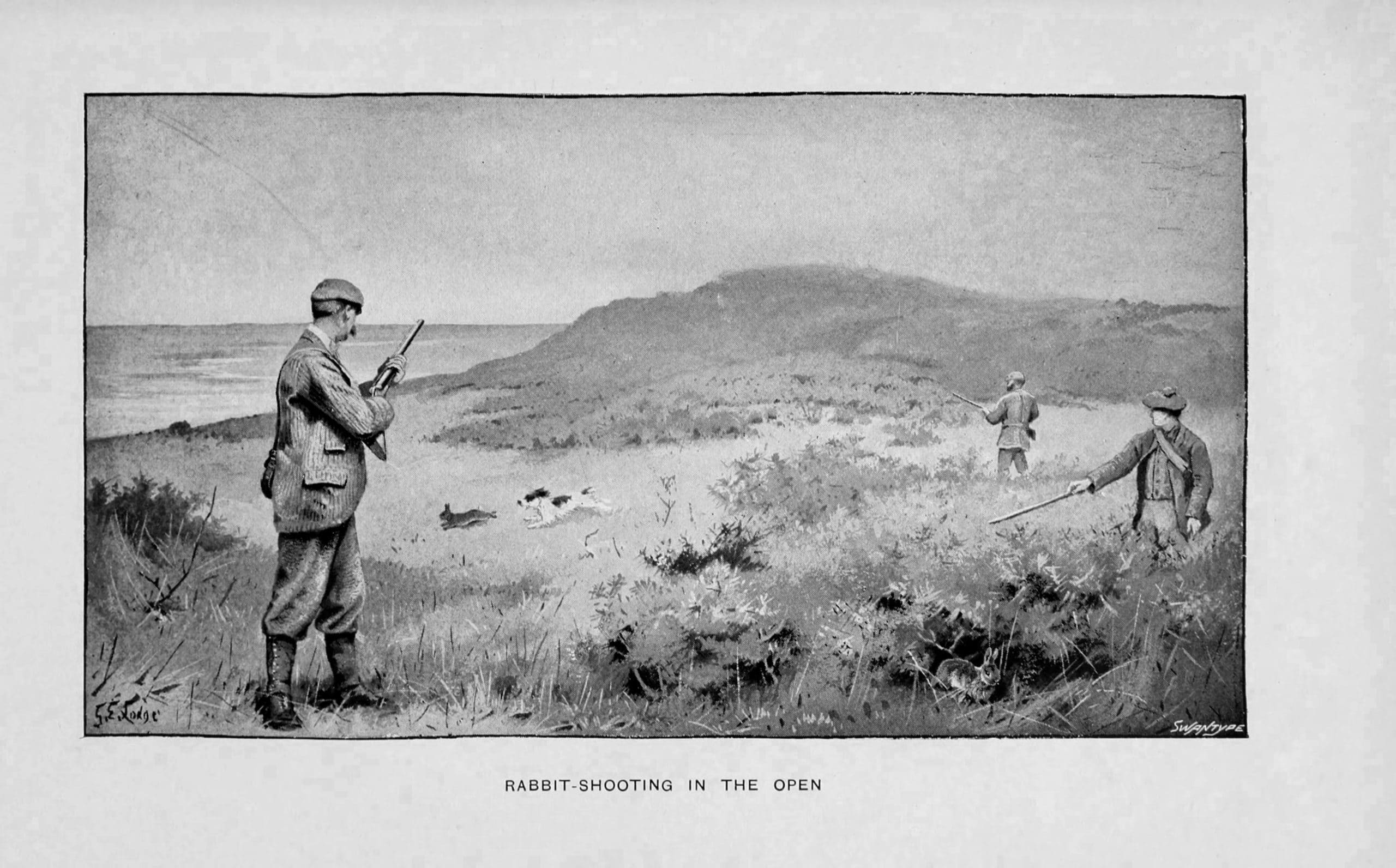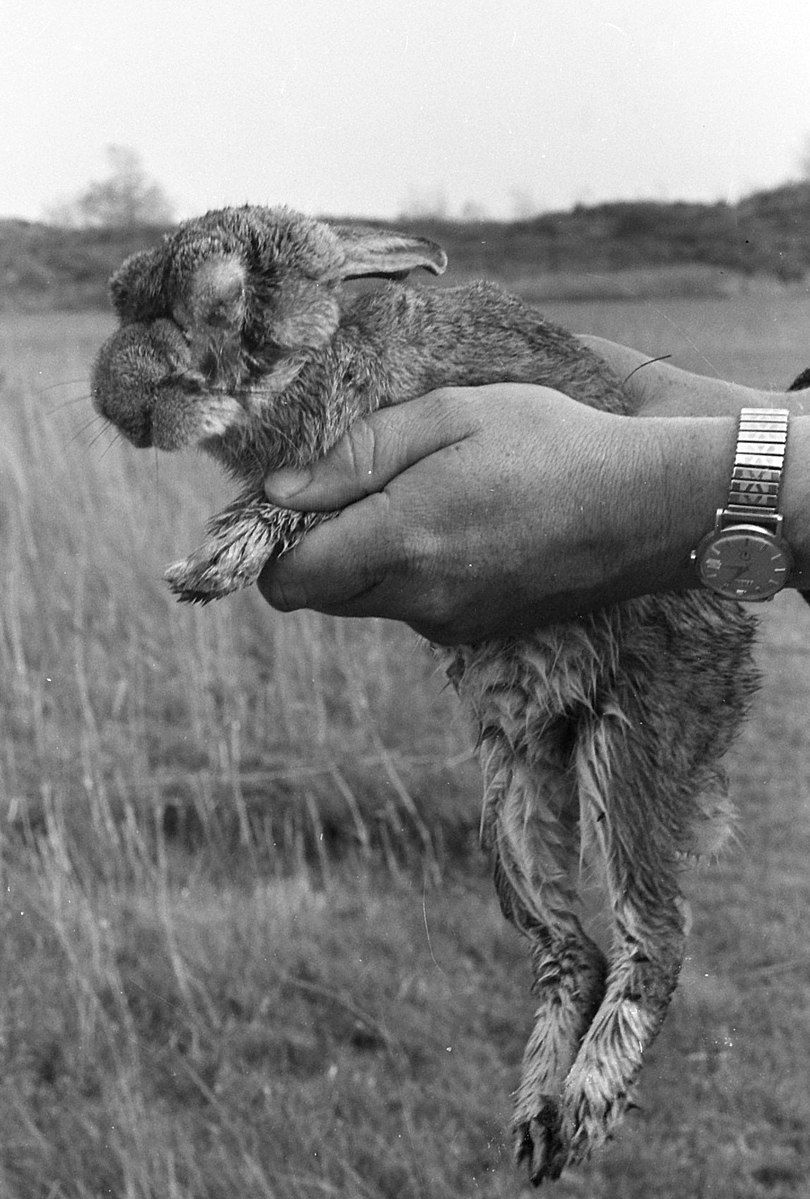In case you missed part 1: The greatest challenge for humanity’s survival – part 1
“To deal with our pressing issues of pollution, climate change and overpopulation, it is not going to be the enticing topics of our technological advancements, our expansion into space and glorious plans of colonizing Mars that are going to be the greatest challenge for humanity’s survival.”
Examples of humans introducing the European Rabbit as a foreign species to new lands date as far back as the first century BCE when Augustus had to send troops and ferrets to control the rabbit population that was decimating crops and trees and even causing houses to collapse on the Balearic Islands.
Unfortunately, it appears that our collective memory does not account for the negative outcomes of these situations and more often than not we are tempted to choose quick, easy and cheap temporary fixes instead of going the uncomfortable extra mile for a long-term solution.

To answer the question why the European wild rabbit was introduced in Australia in 1859:
They were brought with the intention of hunting them for recreational purposes, with no one willing or able to fathom and anticipate the damaging repercussions of this action.
It feels like we are constantly piecing together “Frankenstein“ corpses from our failed attempts to correct our mistakes, unable to recognise and respect the long lasting effects our actions have on life. We are failing to see that even after we are gone, someone else will still have to deal with the aftermath of our lack of care.
And so, even today, it seems that we are unable to recognise the painful parallel between the Australian problem of a rapidly growing rabbit overpopulation and our human situation today.

Image: Myxomatosis experiment
If we look at the stories and myths we tell each other and which temporarily circulate in the media, we can see in them reflected the current issues and topics which occupy our collective minds and hearts.
Through these stories, we are able to process unconscious material and timely issues, bringing them into our awareness to being able to deal with them as a collective.
One of those stories is Marvel’s comic book remake film “Avengers: Age of Ultron,“in which the global defence program “Ultron“, a sentient artificial intelligence, that was designed to monitor and protect the planet, perceives humans as a threat that must be eradicated in order to save Earth.
This misanthropic perspective is not unfamiliar to us. It is engendered by a deep-seated frustration focused on the destructive side of humanity, which appears resistant to constructive change and learning out of mistakes. This mixture of fury, powerless dependency and entrapment attempts to put an end to the problem, decisively and finally.
In another Marvel comic book adaptation, “Avengers: Infinity War”, Thanos, a powerful Titan and the main antagonist, holds the power of the Infinity Gauntlet, a magical weapon that he uses to wipe out half of all living beings in the universe – with just the snip of his finger.
In his eyes it is an act of benevolence, since all civilisations would sooner or later destroy themselves, if overpopulation was not stopped or dealt with.
Wiping out half of all living beings in the universe would allow the remaining communities to thrive and develop without having to deal with the prolonged suffering caused by the effects of overpopulation. His quick and painless benevolent intervention would spare them from the much longer and more painful consequences.
Both films raise ethical questions and play with the idea of “right” and “wrong.”.
They both ultimately transcend the moral dualism of villain and hero. The roles of destroyer and protector become indivisible and interchangeable, it all only depends on the perspective we take and puts into question the not-so-clear direction of a constructive course of action.
Regarding Thanos killing off half of the universal population by snapping his finger as an unethical act is one thing.
How do we justify infecting a whole species with a virus, sentenced to die a slow and painful death?
Moreover, unleashing a virus is destructive in a multitude of unforeseeable and dangerous ways. A virus is a life organism that is uncontrollable. It can also become more leathal over time and we know that is also able to transcend the boundaries between species. It is a bioweapon.
Why do we introduce the rabbits in the first place when we later kill them off?
Is sports hunting in the Australian outback something that we cannot live without?
We bring Bisons to Catalina Islands for a movie production, and leave them there without a natural predator because it is too much of a hassle to bring them back to the mainland.
There is a willingness to go to great lengths just for the sake of entertainment.
A storyline that is repetitive and symptomatic.

Image: Rabbit with Myxomatosis, Dutch National Archives, CC-BY-SA-3.0-NL
We have to ask ourselves what a responsible and constructive direction humanity can take in the face of overpopulation and industrialization, considering the effects on the planet we inhabit. What is it that we can learn from past experiences?
We are unable to slow down, taking the time to ask ourselves these questions and instead even accelerate our blind drive to unsustainable expansion and growth. We go on depleting all the available resources to the max while missing completely to feed back into the interdependent net that we humans are a part of.
We collectively believe and hope that our intelligence and ability to manipulate nature will be enough to ensure our survival.
And even though we, as humans, have the awareness and ability to reflect on our actions, it seems that we rather prefer consequences forcing us than to voluntarily and proactively deal with the situation we face.
We completely miss that, much more than on our intelligence, our future depends on our level of compassion and care, on the groundedness in ourselves that enables us to carry the discomfort and hardship necessary for our survival.
All intelligence and knowledge of the things that have to change are useless if we lack the emotional maturity that enables us to deal with the uncomfortable feelings and frustration resulting from a necessary restraint, from the actions we have to take.
“It is this journey to a simpler heart that cares and can carry that load for everyone instead of just for oneself, that will be the most challenging journey that humankind has ever embarked upon.”
And the fruits of this journey will include everyone, even the European wild rabbit.

Image: Rabbits in Warren, Frederick Halmarick
Image header: Rabbit jumping over a fence at Rabbit Show, Fruitpunchli, CC-BY-SA-4.0
You may also like
Nothing found.



